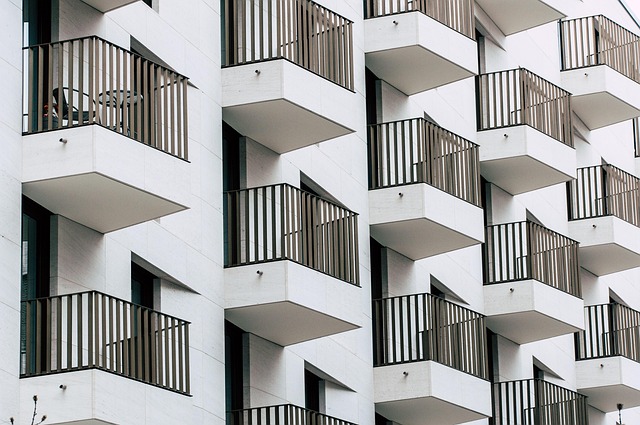College students renting off-campus face unique safety challenges. They should assess rental properties for maintenance and security vulnerabilities, understand neighborhood dynamics through crime stats and emergency services, and stay informed. Implementing robust off-campus security measures, like keycard access and surveillance cameras, is crucial. Collaborative efforts between landlords, tenants, and community programs promote safety awareness and create safer living spaces.
As students flock to college towns, many opt for off-campus housing, especially rentals. Ensuring safety in these living spaces is paramount. This article guides college students through a comprehensive approach to maintaining their well-being during their rental experience. We’ll explore strategies like assessing potential risks specific to rental properties, implementing robust security features, and fostering a culture of safety awareness among peers. By following these practices, students can create secure environments, promoting peace of mind in their new home away from home.
- Assessing and Identifying Potential Risks
- Implementing Essential Security Features
- Promoting Safety Awareness and Preparedness
Assessing and Identifying Potential Risks

When renting off-campus housing, college students often face unique safety challenges. Assessing potential risks is a crucial first step. Students should thoroughly inspect the rental property for any signs of poor maintenance or security vulnerabilities. This includes checking for well-lit entry points, functional smoke and carbon monoxide detectors, secure locks, and clear sightlines from common areas to deter potential intruders.
Identifying risks also involves understanding the surrounding neighborhood. Researching crime statistics, local emergency services accessibility, and reporting mechanisms can provide valuable insights. Students should consider factors like proximity to well-lit streets, police stations, or community watch programs that enhance off-campus security. Staying informed about these aspects ensures a safer living environment and empowers students to take proactive measures for their well-being.
Implementing Essential Security Features

Implementing essential security features is paramount for ensuring the safety and well-being of college students living off campus. Key considerations include secure entry systems, such as keycard access or biometric scanners, which control who can enter the property. Surveillance cameras strategically placed throughout common areas and outdoor spaces act as a deterrent to potential intruders and provide real-time monitoring capabilities. Additionally, integrating smart home security systems allows tenants to lock doors remotely, receive instant alerts for suspicious activity, and even connect with local law enforcement in emergency situations.
Regular maintenance of these security measures is equally vital. Landlords should schedule routine inspections to ensure all devices are functioning optimally and promptly address any identified issues or upgrades needed to keep up with evolving technology and potential threats. By prioritizing off-campus security through these comprehensive strategies, student renters can create a safe and peaceful environment conducive to their academic pursuits.
Promoting Safety Awareness and Preparedness

Promoting safety awareness and preparedness is paramount for college students living off-campus. To ensure a secure environment, landlords and tenants should collaborate closely. This includes regular communication about security protocols, emergency contact lists, and safe practices like locking doors, securing valuable items, and being vigilant during late-night walks or returns home.
Institutions can foster this culture by providing educational resources on off-campus security, hosting safety workshops, and promoting local community watch programs. Encouraging open dialogue between students, neighbors, and local law enforcement builds a network of eyes and ears that can quickly respond to potential threats, creating a safer living space for everyone involved.
